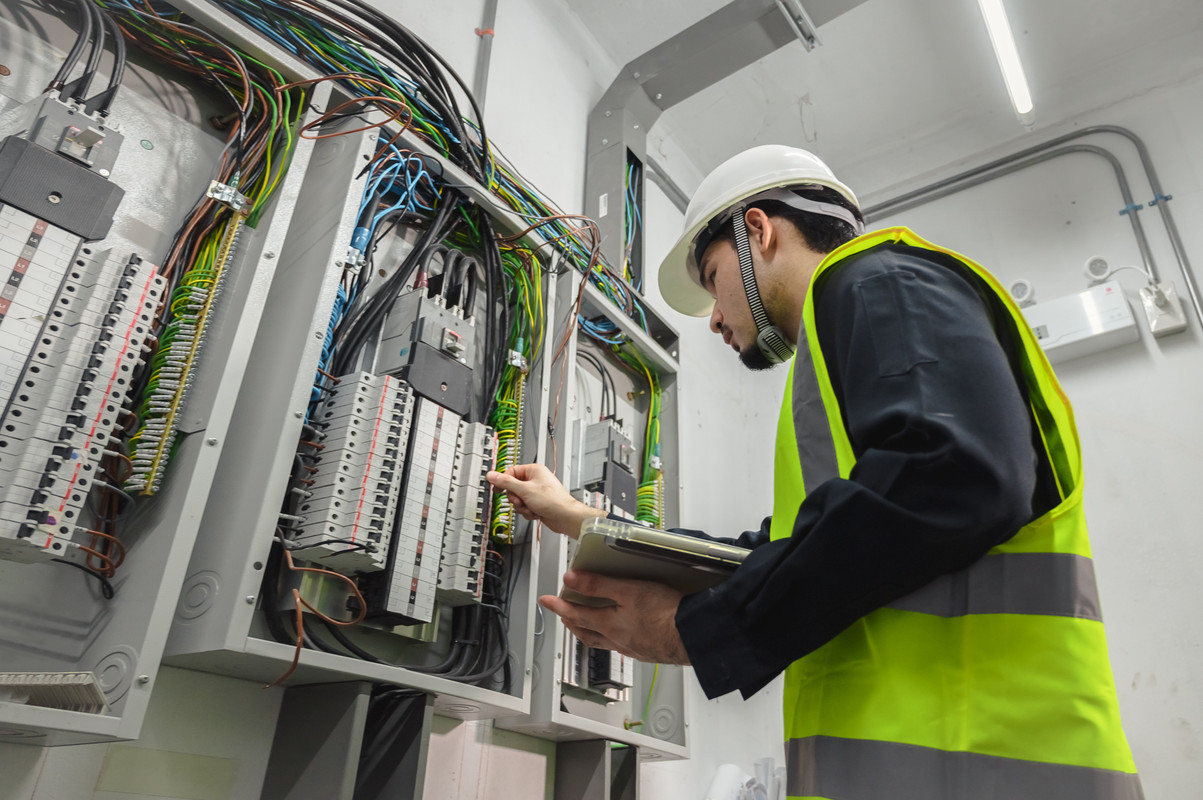Requirements for Moving Locations of Electric Panels
by siteadmin

Whether you're building a new house or renovating an existing one, you need to consider the locations of electrical panels. The National Electrical Code outlines where they must be installed. If you're considering moving your panel, you should consider the cost of the project. Listed below are some of the requirements for moving an electrical panel.
The location of your electrical panel can play a big role in your electricity bill. A panel that is located far away from your home is more likely to use electricity at a high rate. This is why you need to choose the right location for your electrical panel. If your electrical panel is located in an awkward place, it will be difficult to reach when you need to repair it.
The National Electric Code provides guidelines for panel placement. Generally, you should keep the electrical panel at least six feet away from a wall and three feet from the floor. The working space should also be at least 30 inches wide around the panel. You should also have plenty of room to open a door without hitting the panel.
Electrical panels should be placed away from areas with high foot traffic, such as entryways and hallways. Ideally, the electrical panel should be located in a basement or garage. These places are safe from the elements and keep the electrical panel away from the rest of your home. Avoid placing the panel in areas with flammable materials, leaks, and mildew.
When installing your electrical service panel, you need to make sure you follow the latest NEC codes. This means you need to follow the NEC codes for each component and the entire electrical breaker box. The placement of your electrical breaker box is important because it controls the supply of power to your entire house. Proper placement will ensure that you are not exposed to a hazardous situation and that your family is safe.
The National Electrical Code prohibits placing electrical panels in bathrooms, but many home inspectors have found them there. The reason for this is that homeowners may not have paid attention to the location of their electrical panels. It's also a sign of older homes. If you're planning on buying a new home, take the time to consult with SESCOS, a company that specializes in electrical wiring and service.
The National Electrical Code regulates the locations of electric panels in your home. If you want to move the panel, there are some requirements to follow. First, the panel's location must be at least 30 feet from the ground. It can't be over a door or a window, and it must be at least six feet six inches high. Also, the panel must be at least three feet from the nearest wall.
The location of your electrical panel should be free of hazards, such as flammable materials. You should also be able to locate it where it won't be exposed to corrosive forces. If you live in an apartment, your best bet is to place it in your garage, which is at least six feet 5 inches tall.
The locations of your electric panels should be clearly labeled. The schedules should be neat and workmanlike and identify each circuit by its name. However, you shouldn't use abbreviations or the same description on several lines, such as "kit." For example, the schedule for the kitchen should say "kit," but it's a mistake to label all circuits the same.
The locations of your electric panels should be consistent with the NEC. The code has provisions governing electrical systems, but it also covers some specific details related to wiring, appliances, and fixtures. In some cases, you may need to make exceptions for local circumstances. For example, you might want to install a meter box for an electric heater.
The NEC also requires that you provide adequate working space. Your electrical panels should be at least thirty inches from the floor or behind a wall, with a six-inch clearance to the front of them. This is to allow for easy access to the equipment. And you should also keep your workspace illuminated.
The National Electrical Code also prohibits placing electrical panels in the bathroom. But, many inspectors have reported finding them there. The homeowner may not have paid much attention to the location of the electrical panels and didn't know where they should be. It's common to find electrical panels in the bathroom in older homes.
Categories: Electrician
Tags: electrical safety inspections, wiring upgrades, smoke detectors, electric services, electrician
Whether you're building a new house or renovating an existing one, you need to consider the locations of electrical panels. The National Electrical Code outlines where they must be installed. If you're considering moving your panel, you should consider the cost of the project. Listed below are some of the requirements for moving an electrical…
Recent Posts
- All Temp Air Conditioning & Refrigeration Unveils: Tampa Refrigerator Repair Services
- How long is a typical dishwasher repair, and what’s the cost?
- How Long Should Dishwasher Maintenance Take, And What Cost Can Be Expected?
- What Are The Potential Costs Associated With Refrigerator Repair, Including Parts And Labor?
- What Are Potential Costs Affected By Refrigerator Re-Piecing, Parts Included?
